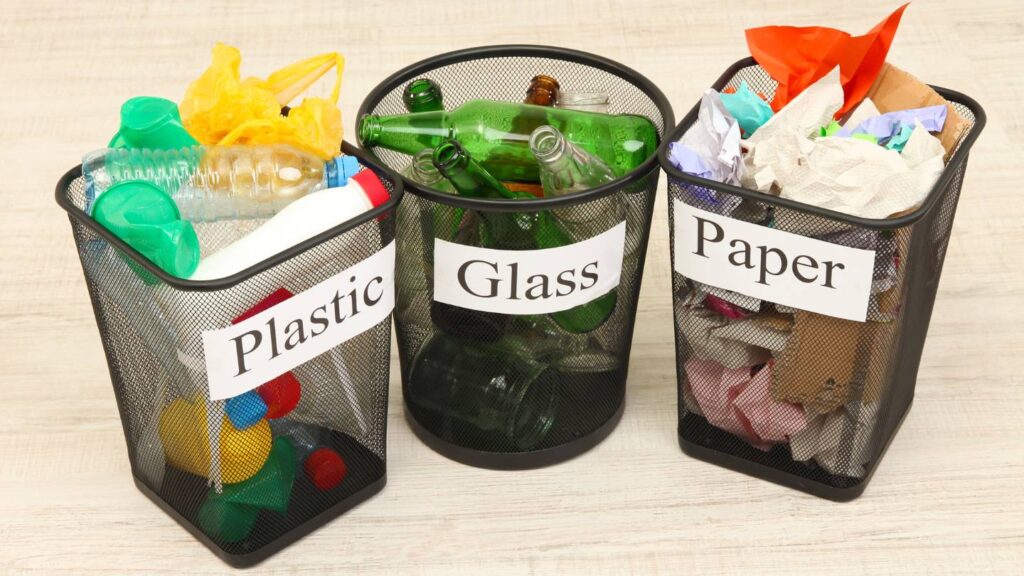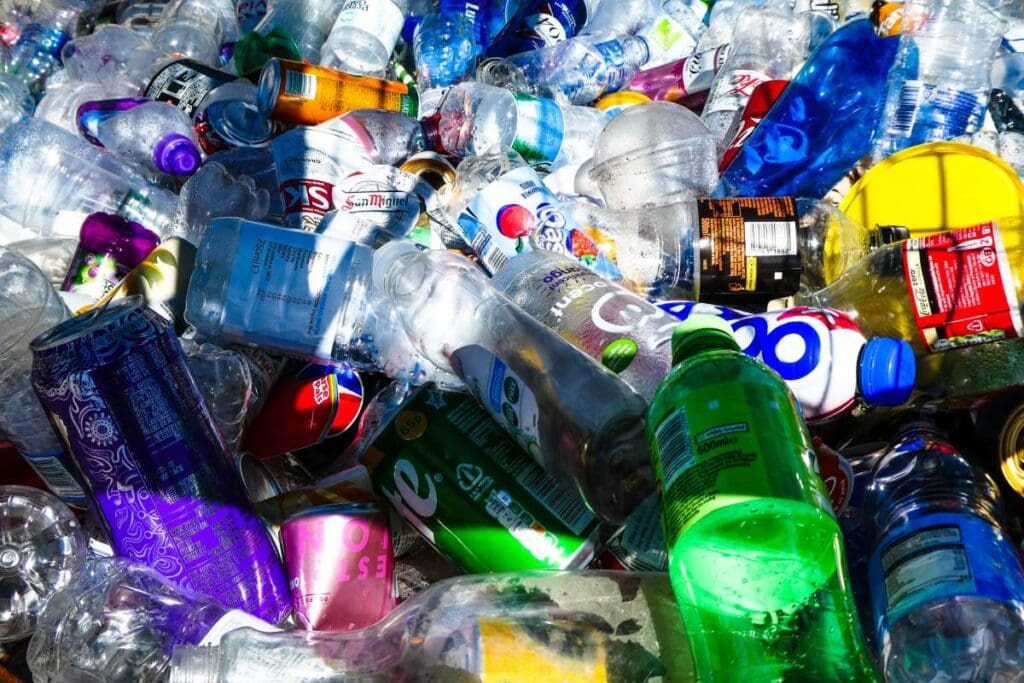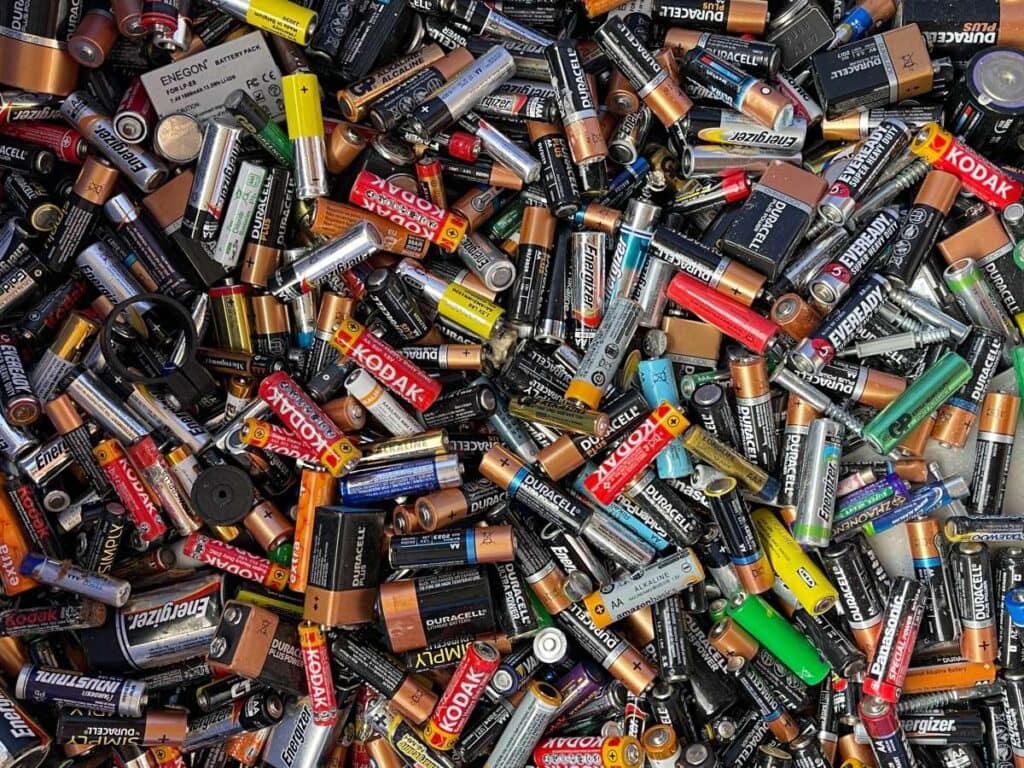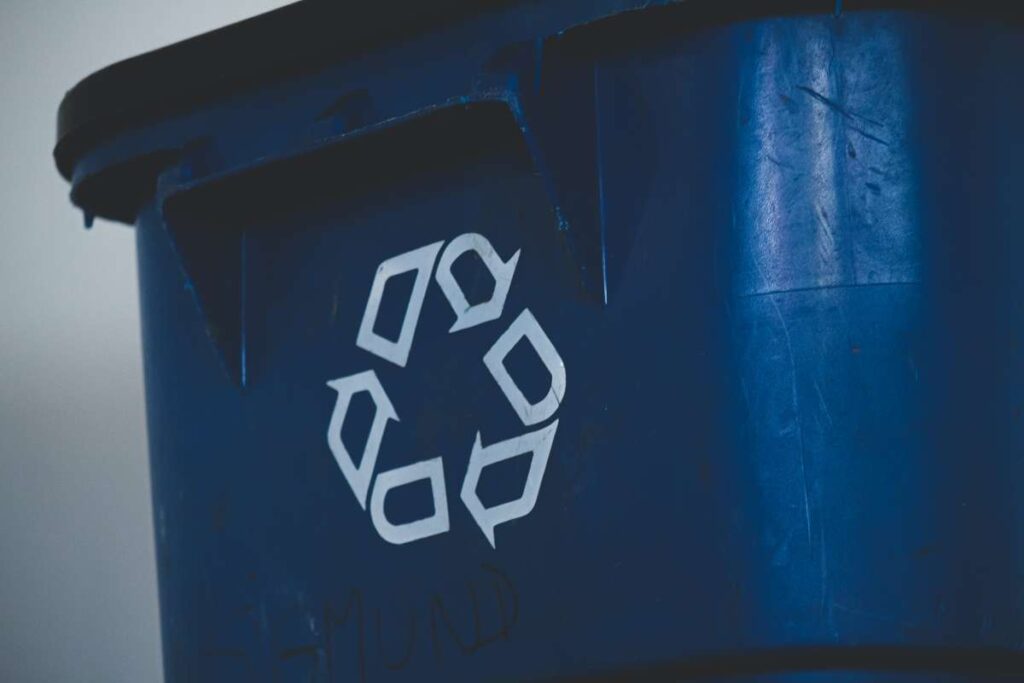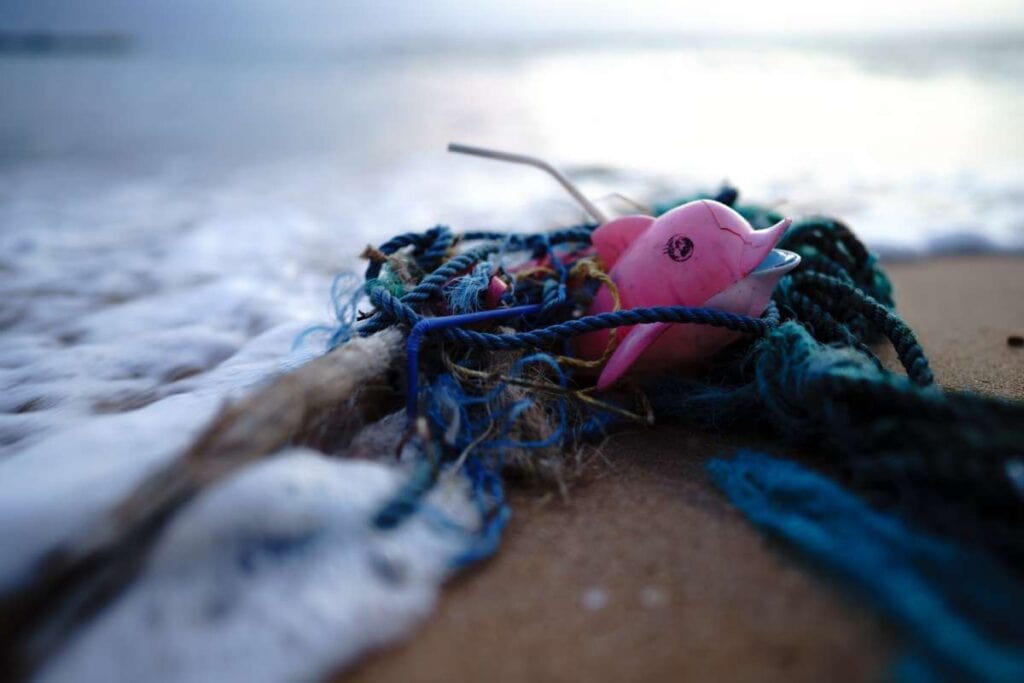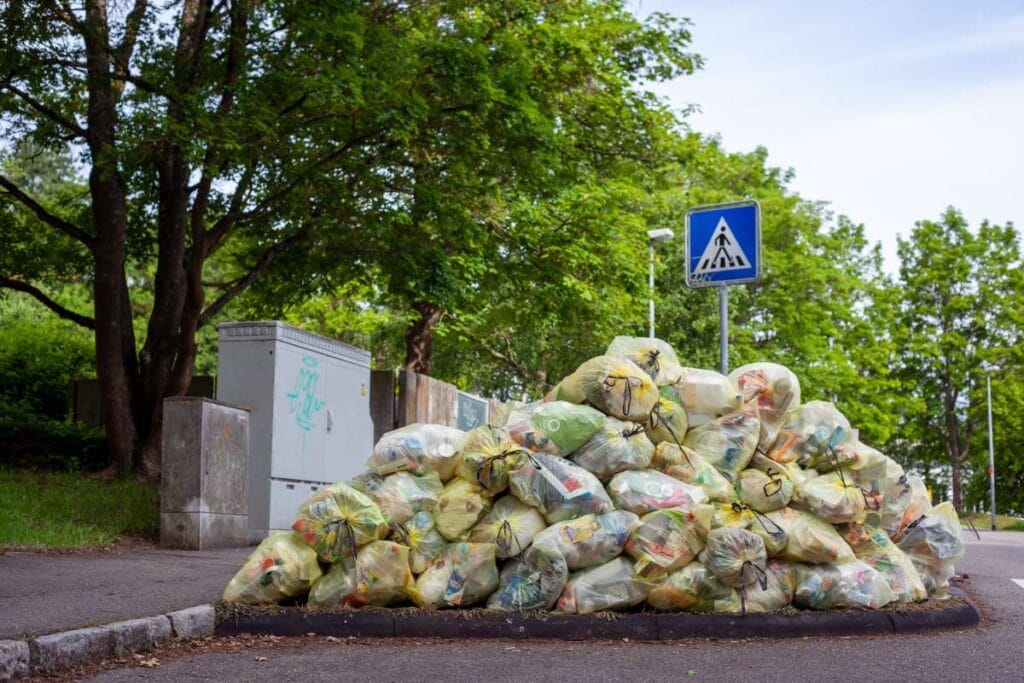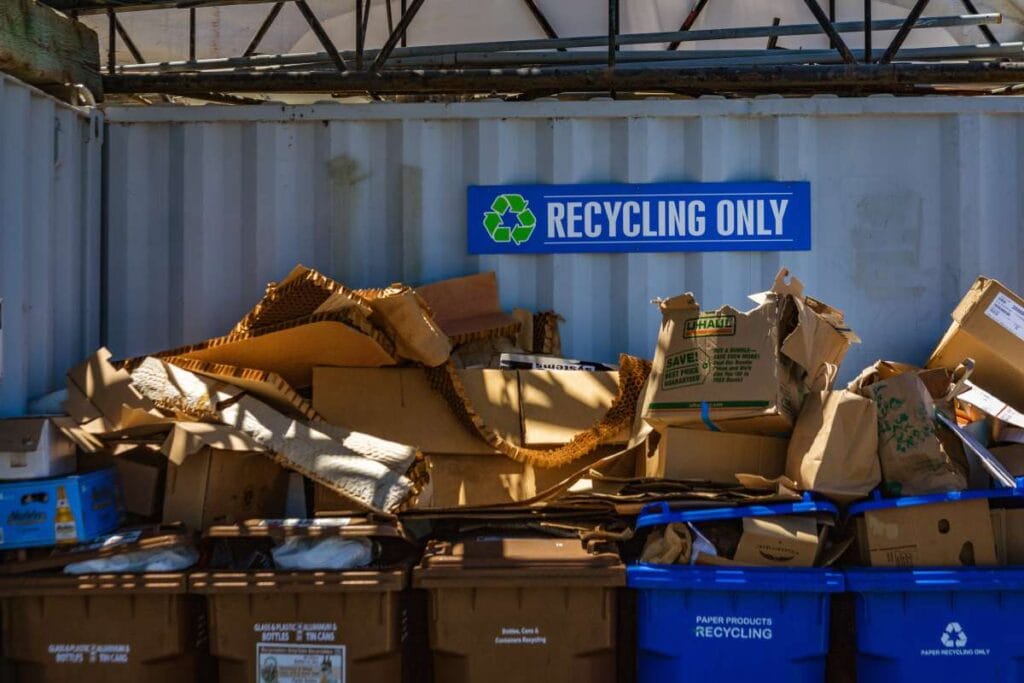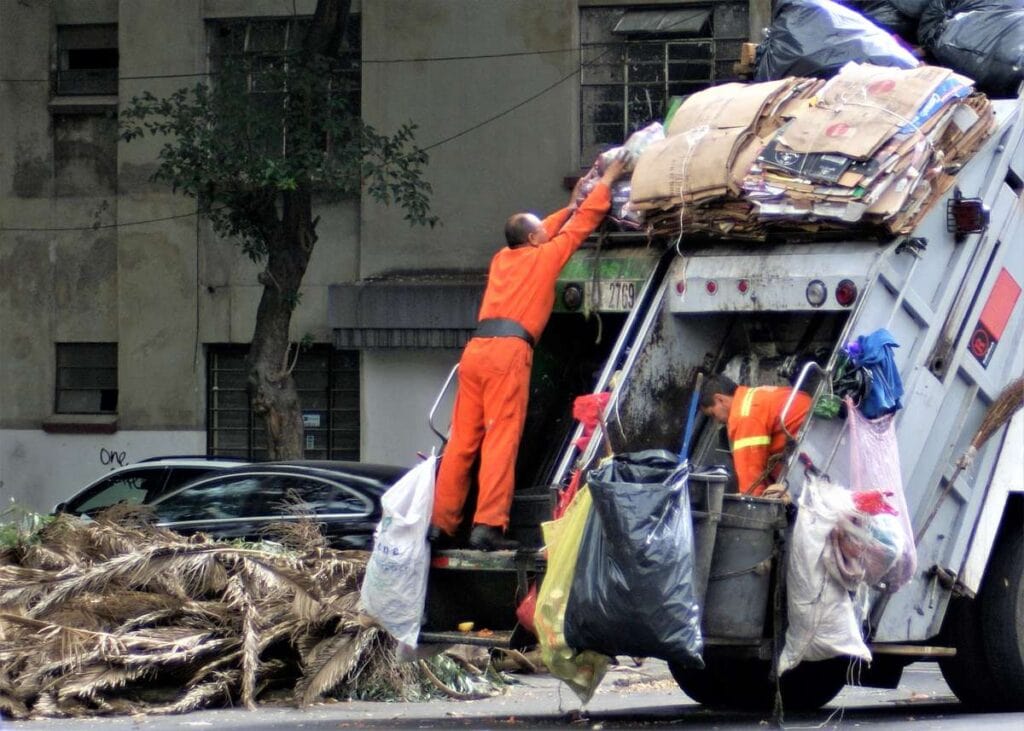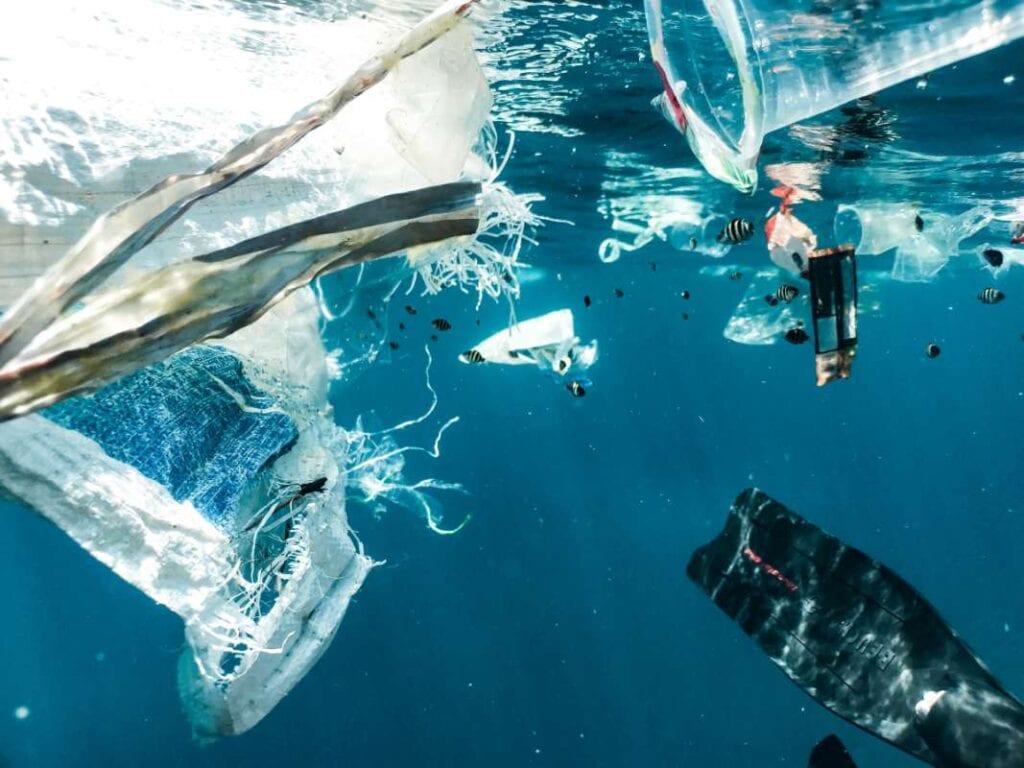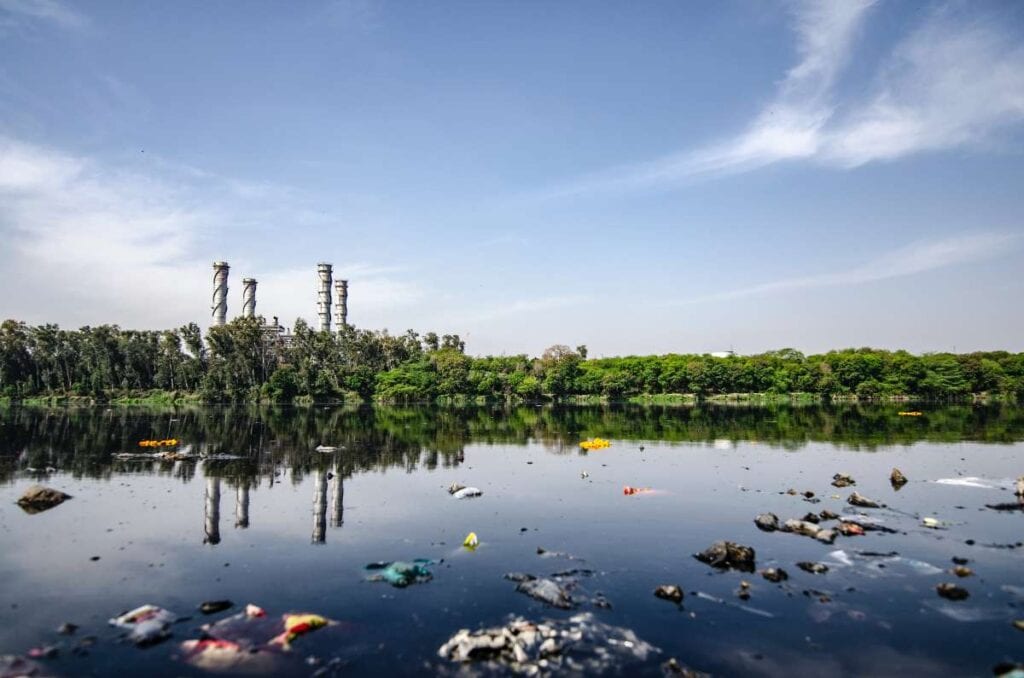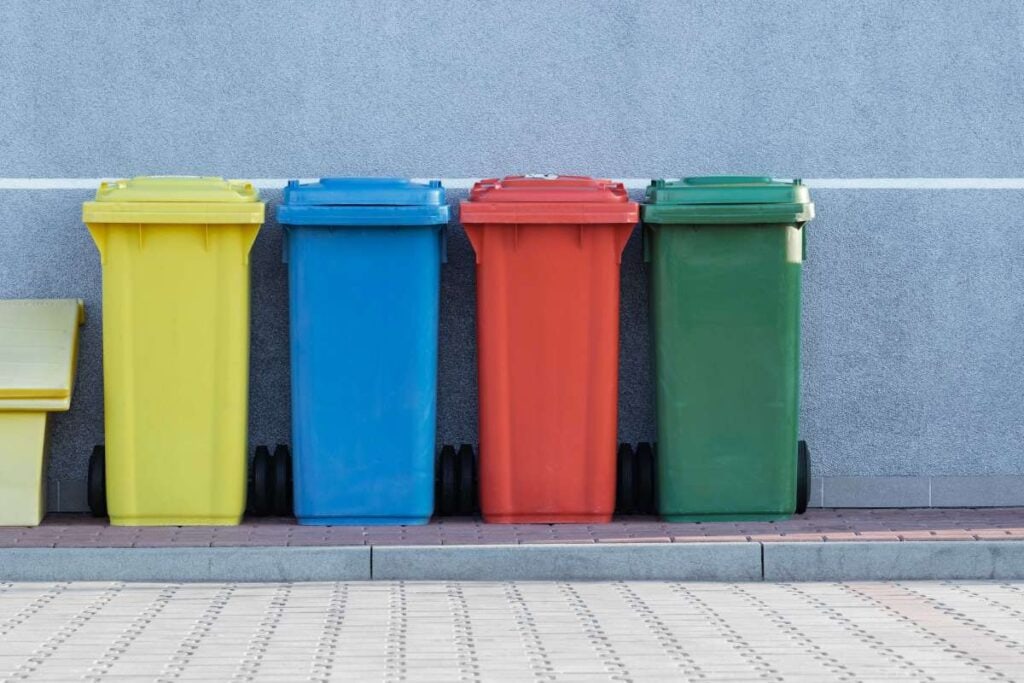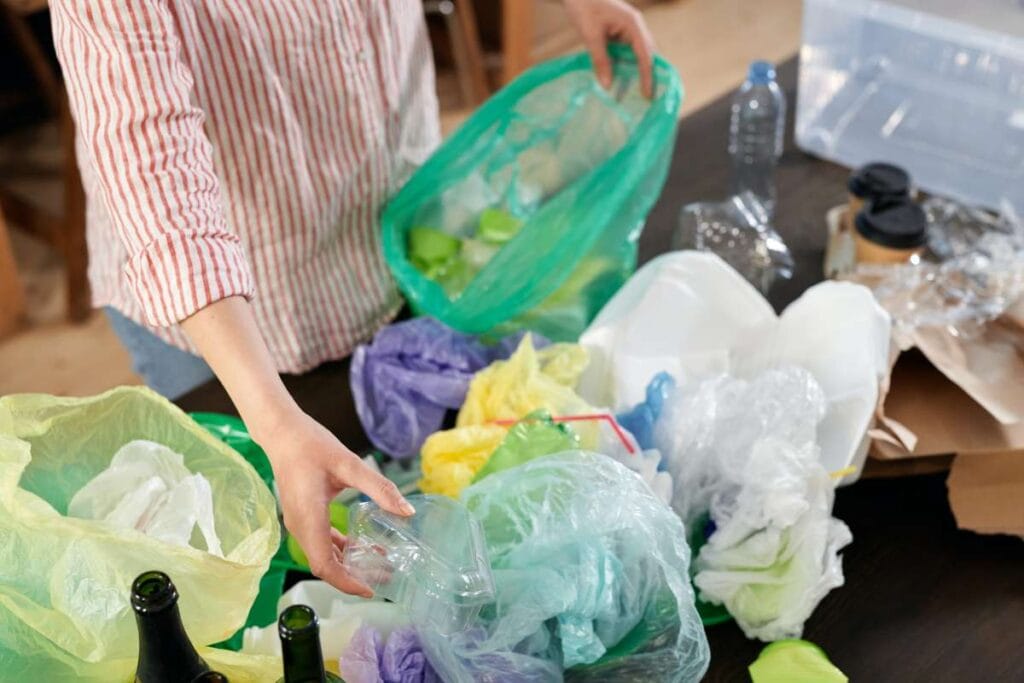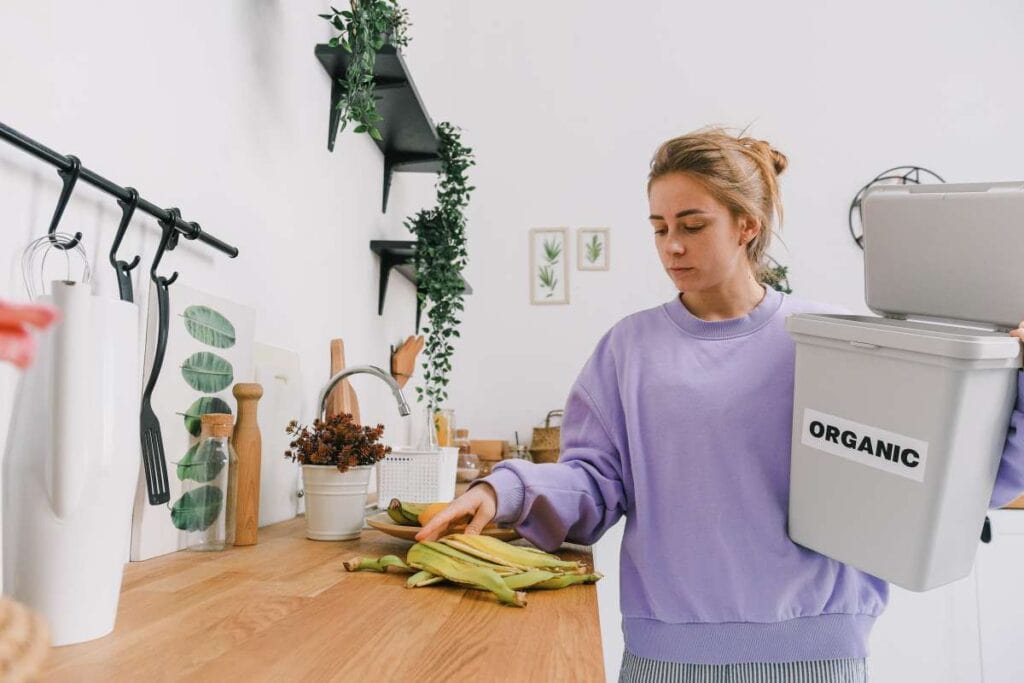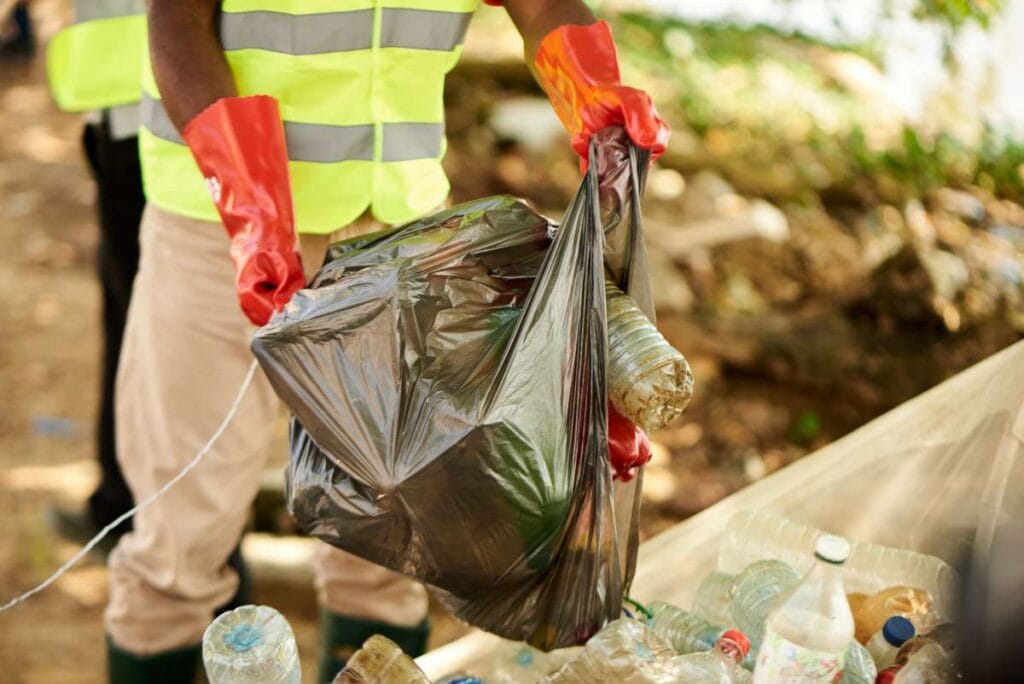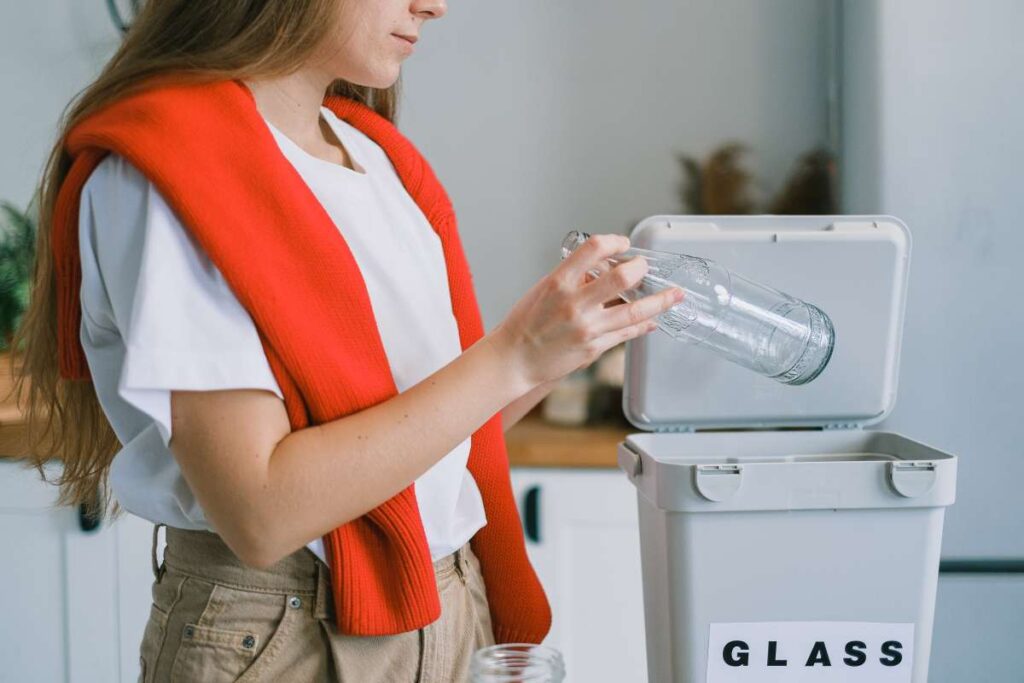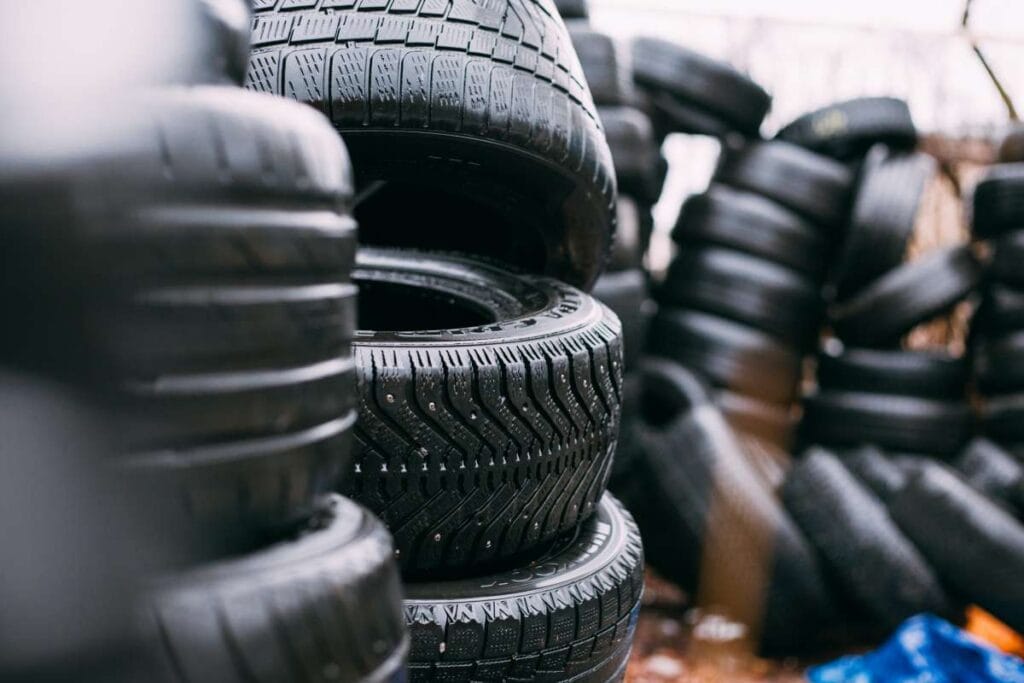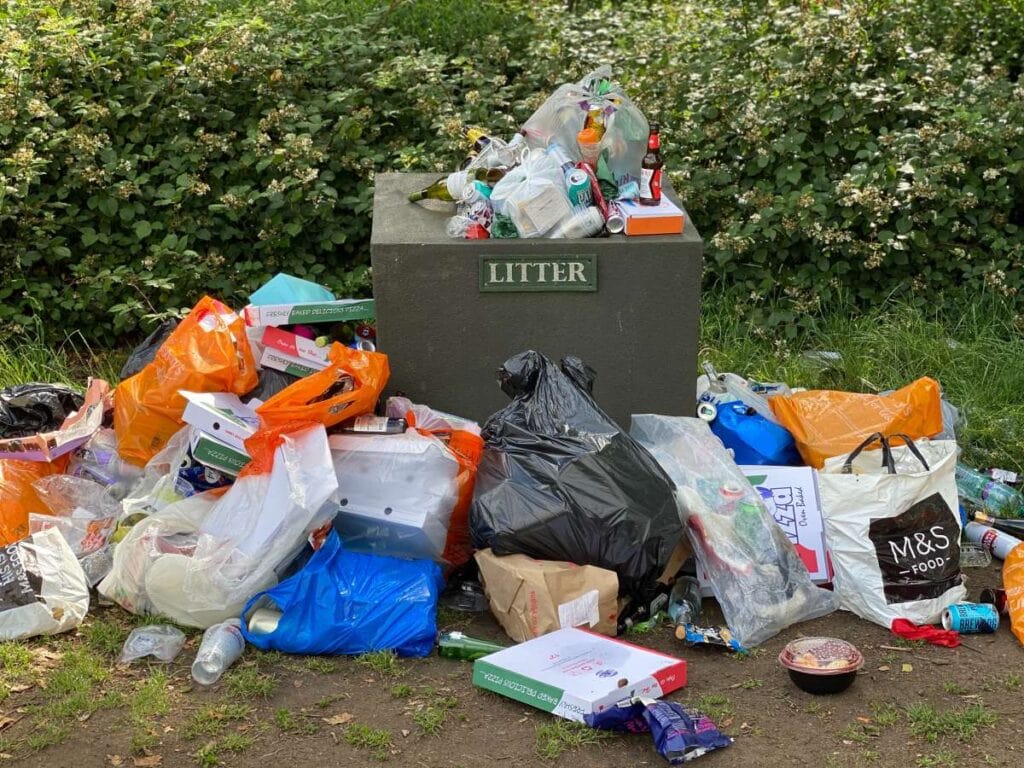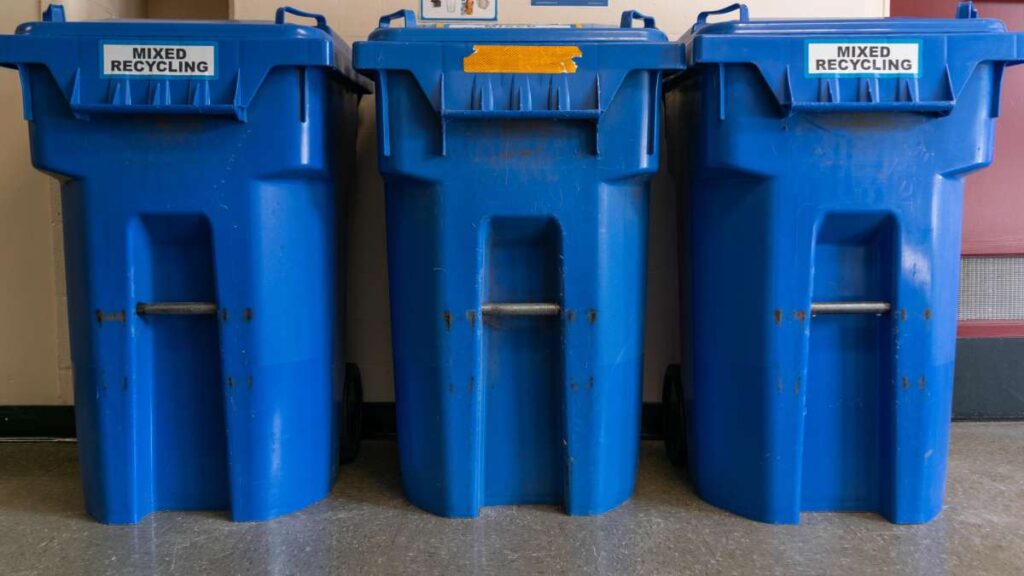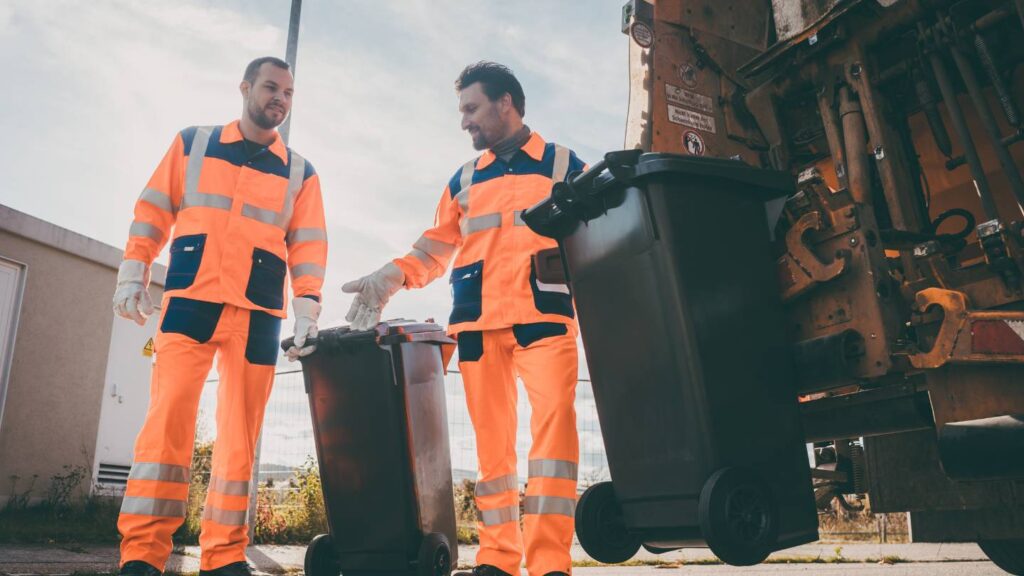Using just the amount of necessary resources is a key component of sustainability. You need to consider your consumption and see if there's a way to cut back. On the other hand, you have to consider the things you discard since you don't utilise them.
Waste management is a major concern in both the industrialised and developing worlds. Each year, we dispose of thousands of tonnes of trash at landfills. However, the harm we cause by discarding so much has recently come to light. "Reduce, reuse, and recycle" is becoming more of a mantra for people all around the globe.
To that end, this website offers a few suggestions.
Reducing Your Garbage
Swap Out Plastic Bags For Cloth Ones
By doing this simple step, you can significantly reduce the garbage you bring into your home. It is possible to bring your reusable cloth bags to the store, regardless of where you are shopping, rather than accepting plastic bags from the business.
If you want to be prepared for your next shopping trip, buy reusable bags and put them somewhere convenient, like your kitchen or your car's trunk.
- You can continue to minimise trash even if you neglect to carry your cloth bags to the store. Politely request that the individual putting your groceries in bags not use two bags. You can never have too many cloth bags, and since they are now sold at most locations, consider purchasing them instead of plastic or paper ones.
- Shopping for groceries is one of many places to use cloth bags. If you're going shopping for clothing, tools, or anything else, bring one with you.
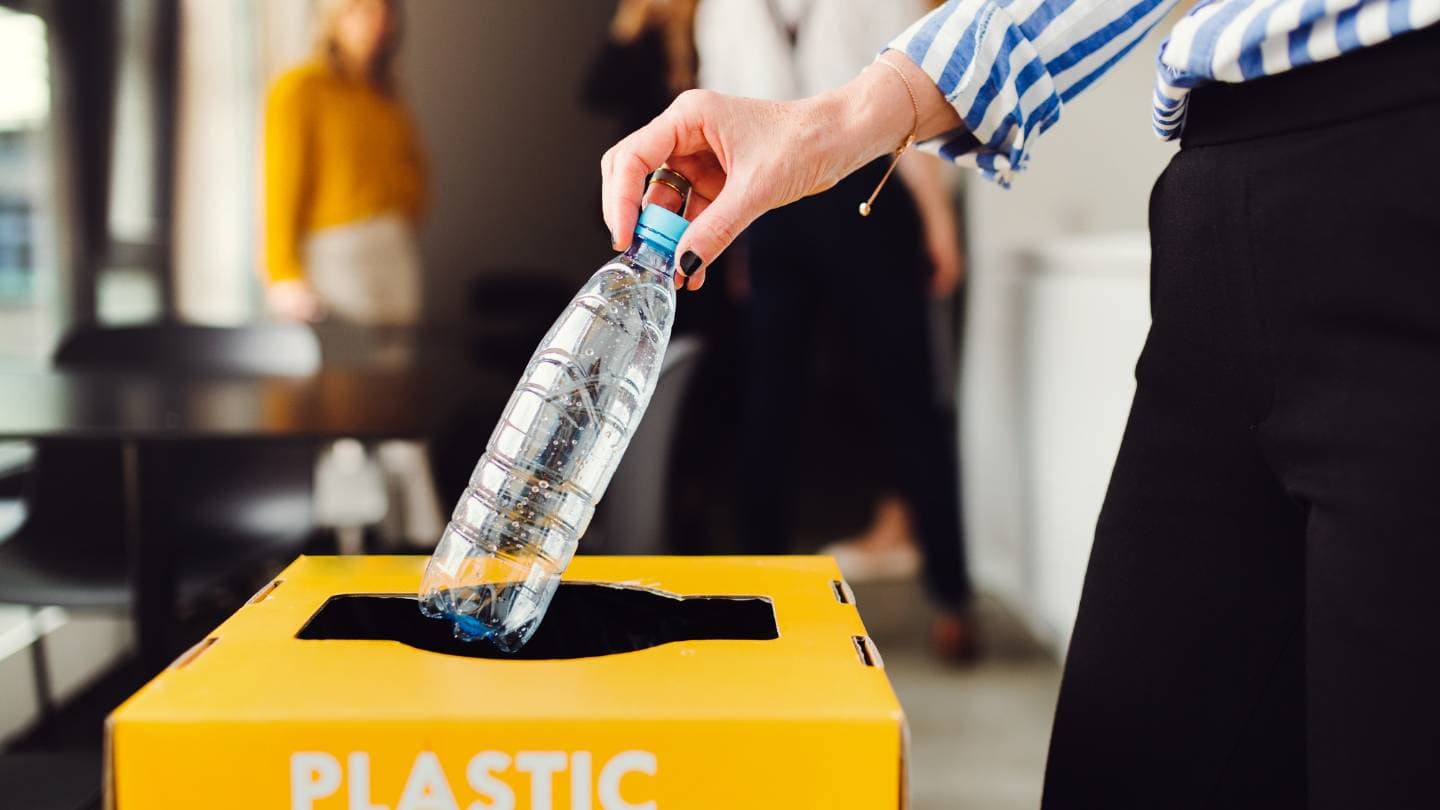
Opt For Food Items With Minimal Packaging.
You may be contributing to more food waste than you would like if you frequently purchase food in plastic-wrapped containers with individual serving portions within. Your daily mountain of trash will shrink to a small hill if you seek out ways to purchase food with minimal packaging, particularly plastic packaging. Some tips to consider are:
- Make use of the bulk food aisle. The bulk food area of your supermarket is the best place to find dry goods like beans, rice, teas, cereals, and spices. When you reach home, put the food in containers that can be sealed, such as glass or plastic.
Engage In Vermicomposting.
A worm composting system can be homemade.
- Instead of reheating dinner, make it. Packaging is needed for takeout and microwaveable meals, and it all ends up in the garbage. Although it requires more effort, you should consider your meals instead of buying instant ones. Additionally, your waistline will be grateful.
- Get your dairy products in returnable containers. There is a growing trend among dairy companies to provide a return system where customers can purchase glass jugs of milk, cream, or buttermilk and then return them for a deposit. Reducing plastic use is made easy with this method.
- Visit farmer's markets to purchase your food. They have mountains of unspoilt, farm-fresh fruit and vegetables. Toss in some cloth bags to use as shopping bags.
Unless Necessary, Avoid Drinking From Bottles.
A lot of people throw away their bottled water and other bottled drinks. Consider tap water instead of bottled water if you live in a region where the water from the faucet is unsafe to drink. If the water's flavour isn't yours, you can always filter it. Both the economy and the ecology benefit greatly from this.
- You can also avoid various bottled and canned beverages if you're determined to finish the race. Take ginger ale, for example; why not whip up a batch instead of purchasing a case? Other excellent options are homemade limeade and lemonade.
- Instead of buying little containers, opt for larger ones to purchase bottled beverages. If you're looking for water, skip the 18-pack and get a 5-gallon (18.9 L) container with a dispenser.
Minimise The Use Of Paper.
If you enjoy using computers, there is little need to have a lot of paper waste around. To avoid the hassle of dealing with stacks of paper, cut down on the amount of paper you purchase and the amount of paper you receive in the mail.
- Make the switch to online bill payment and ditch the paper altogether.
- You might want to read the news online instead of delivering it to your house.
- Try to reduce the amount of junk mail that reaches your mailbox.
Create Your Household Detergents And Cleaners.
There are a lot of non-recyclable containers for household cleaners and detergents that wind up in the trash. If you're willing to put in the effort and time, you can save a tonne of money and cut waste by creating your formulations and storing them in glass containers. A chemical-free home is something you can achieve as well. Consider these delicious recipes:
- Hygienic homemade washing detergent
- Easy DIY Glass Cleaner Recipe
- Whip up a homemade toilet cleaner.
- How to Create Your Kitchen Detergent
- Produce your liquid soap.
- Shampoo and conditioner can be easily homemade.
Recycling and Reusing
When It Is Possible, Donate Items.
Instead of throwing out perfectly good electronics, clothing, or other stuff you no longer desire, consider donating them. Instead of a landfill, they would be better off in a classroom or a closet.
- You may support a fabric recycling centre by donating your old garments and fabric scraps.
- When people donate their old laptops and other equipment, the schools usually take them.
- Find out where you can donate your old furniture, gadgets, vehicles, and more by contacting a local thrift store, donation centre, or homeless shelter.
Reuse Containers.
Reusable containers can be used multiple times before they are deemed trash or recyclable. Creativity lets you find a second use for almost everything, including bottles, cartons, and bags.
- You can use paper bags to store recyclables if a bin is unavailable. Making book protectors out of them is a great way to relive elementary school.
- Avoid throwing away perfectly good paper by printing on both sides or giving your kids a second chance to colour on the reverse side.
- To keep dry items and leftovers safe, use containers made of food-grade glass that were not previously filled with anything harmful.
- While plastic containers have many uses, you should exercise caution when storing food. When plastic, even food-grade plastic, breaks down, toxins can seep into the food.
Stick To The Recycling Regulations Set Out By Your Municipality.
While some municipalities insist on separate bins for paper, plastic, and glass recycling, others let you throw everything in one bin. There are recycling centres where you may leave your items, and some cities even offer pickup services. For information on how to recycle properly, see your city's website. Typically, you can recycle the following types of home waste:
- Set of seven plastic containers
- Items made of paper, such as notebook paper, egg cartons, newspapers, and cardboard
- Reusable glass jars
- Aluminium foil, aluminium cans
Be Careful When Disposing Of Hazardous Materials And Garbage.
Some commonplace objects just cannot be recycled or repurposed. Disposing of these goods at a hazardous waste facility or simply putting them out with the trash is necessary. Minimise your use of these things and dispose of them according to your city's regulations:
- Electronics, including computers, televisions, and batteries
- Electric light bulbs
Composting
Avoid Throwing Away Food Scraps And Yard Debris.
It is unnecessary to dispose of food leftovers and grass clippings. Alternatively, you can compost them to create soil rich in nutrients and use them to grow your plants or give them to someone else's garden.
Various composting methods exist; some mixes are suitable for all types of organic waste, including meat and dairy, while others are designed only for vegetable and fruit scraps. Gather the following materials to begin a simple compost pile:
- Veggie scraps, unbrewed coffee, used tea bags, grass clippings, and leaves are examples of green materials that decompose rapidly.
- Stumps and paper, branches, eggshells, cardboard, and sawdust are brown materials that decompose slowly.
Set Up A Composting Facility.
Wherever you put your compost in your yard, make sure it's in a sunny or partly shaded place. Composting on a concrete patio is an acceptable alternative to composting directly on dirt or grass in smaller yards. Several options exist for the layout of your compost site:
- Construct a mound for composting. If you want to know how to compost, this is it. A simple pile in your yard will do the trick. Because composting can occasionally entice rodents and insects, keeping it in a separate area from your residence is best.
- Get a compost bin going. Making use of discarded pallets, you can build a custom-fitted box.
- Acquire a compost bin. They come in various sizes and forms, and you can find them at any home improvement store.
Make Your Compost Heap Hot Or Cold, depending on Your Preference.
While a cold heap takes longer, it's easier in the long run. Compost can be yours 6 to 8 weeks after starting a hot heap, which is worth the effort. The distinction is as follows:
- Mixing green and brown materials to a few inches in depth will create a unique compost heap. When you have extra trash, such as discarded food or toilet paper rolls, pile more in. Just put the bin in the composter when it's full. Composting can take up to a year, but you can utilise the compost that accumulates at the bin's base whenever necessary.
- Combine all your green and brown components thoroughly, then fill your bin to the brim (or build a large pile) to create a hot compost heap. Stir it until it cools down; otherwise, it will heat up and become hot to the touch. Stir it once more when it returns to a simmer after a few days or weeks. Do this until stirring no longer causes it to heat up; then, allow it to cool down and complete the composting process.
Take Care Of Your Compost Location.
Add additional brown ingredients to slow down the decaying process :
- Addrevent it from getting slimy.
- Put in a little water or additional greenery if it doesn't work.
- Turn the pile over at regular intervals or whenever an ammonia odour is detected.
The quicker you can turn your compost into useful material, the more work you should put into maintaining your compost site.
Make Use Of Your Compost Once It Is Prepared.
Composting might take up to two months. Composting is complete when the material changes colour to a deep brown or black and smells earthy. Spreading compost throughout your yard can provide a nutritional boost for plants and grass, or use it to fertilise your flower or vegetable garden.
Tips for Keeping Your Home Recycling System Organised
We have devised a strategy for the organisation of your home recycling storage to save you time and effort.
Establish A Permanent Location For Your Recycling Centre
It might be in any room in the house. Alternatively, you may build a recycling bin in the garden.
Make Your Own Reusable Recycling Bins At Home
By combining several types of recycling containers that are sized to match your specific needs, you can design a personalised recycling station for your home. It is easier to limit waste and be gentler on the environment with ergonomic designs and fashionable, long-lasting finishes.
Try Seagrass Or Bamboo For A Stylish Container.
You won't need to bury your recyclables longer if you acquire some ideas instead of creating imaginative do-it-yourself containers. Remember that recycling can stand out from the standard garbage can.
Locate Appropriate Areas To Place The Recycle Bins.
Each member of the household should be able to reach these bins easily. Therefore, it's a good idea to position them next to the kitchen door, where most trash is generated. Neither you nor your guests will be embarrassed by what they see. However, a shed or garage are both great options if you're looking for a place to keep your recyclables outside.
In General, Think About Using Smaller Containers.
They not only look great, but they also free up a tonne of room for other, more vital things. Put your old donated clothing and toys in larger containers and your garage with the larger recyclables, such as old electronics and sports equipment.
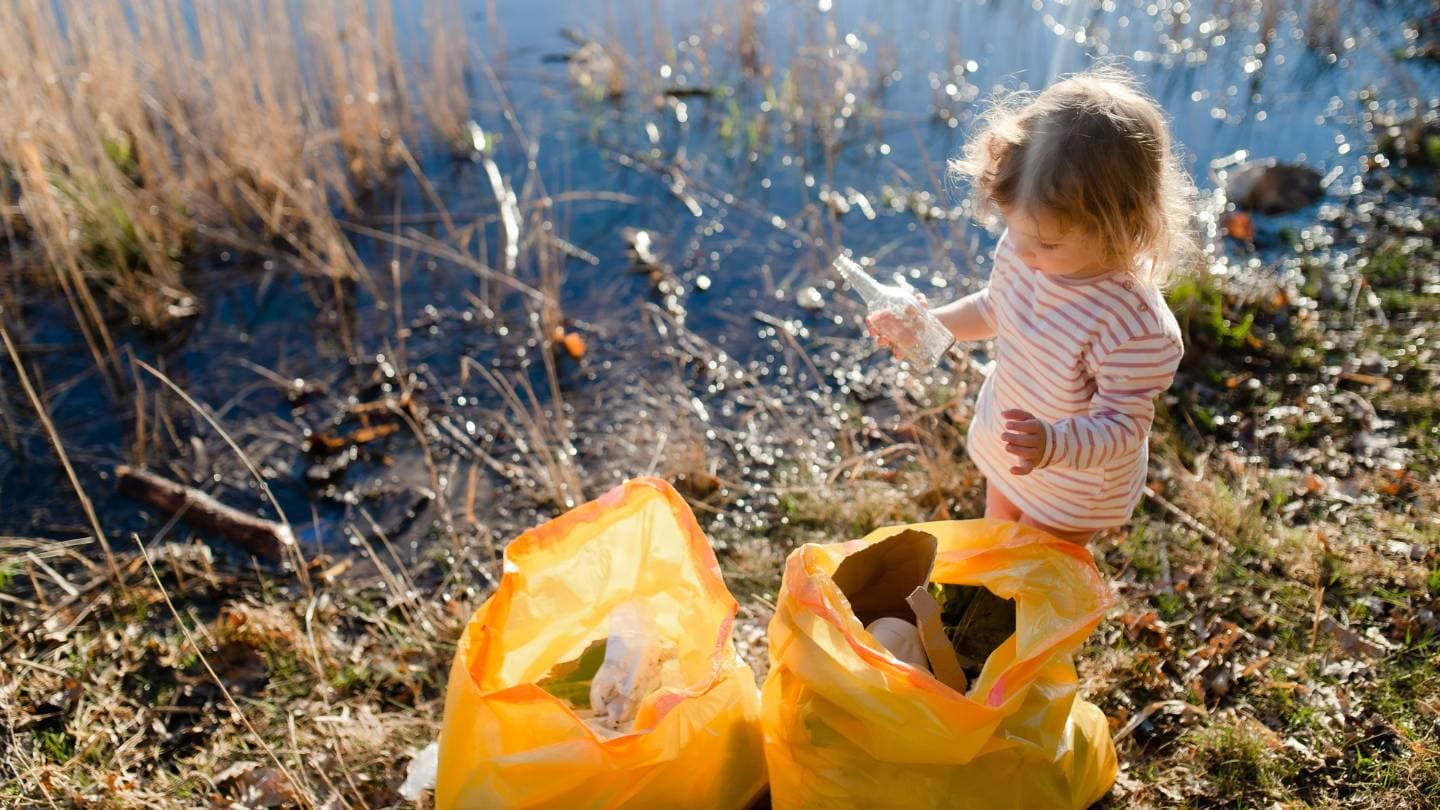
Opt For Higher Bins Rather Than Wider Ones.
Shop about it; you can find some chic versions at local stores. Also, most of them come with handles to make it easier to transport the hefty cargo within. In the case of containers holding recyclable metal or glass, this is extremely useful.
Make The Most Of Your Storage Space By Lining Your Bins.
It will give the impression that you have more trash cans than you do, particularly for smaller townhouses. Instead, line up two or four of them and name them appropriately so that everyone can tell which bin is which, regardless of how full they are.
Avoid Going Overboard With Bin Decorations.
Verify that each container is of the same hue. They won't give the impression that they're overly big if decorated in simple natural tones because they won't be noticeable. On the flip side, eye-catching containers will always seem bigger, no matter how diminutive.
Conclusion
Sustainability involves using only the necessary resources and reducing waste. To achieve this, consider reducing your waste by switching to cloth bags instead of plastic ones, opting for food items with minimal packaging, and avoiding drinking from bottles. Use bulk food aisles, engage in vermicomposting, and opt for returnable containers for dairy products.
Visit farmer's markets for unspoiled produce and use cloth bags as shopping bags. Avoid drinking from bottles, use tap water instead, and opt for larger containers for bottled beverages. Minimize paper usage by using tap water, avoiding bottled and canned beverages, and using larger containers for larger items.
Create household detergents and cleaners using glass containers and homemade solutions. Recycle and reuse items by donating electronics, clothing, and fabric scraps, and reusing containers. Keep in mind that plastic containers can be harmful when storing food, so exercise caution when using them.
Recycling regulations vary by municipality, with some requiring separate bins for paper, plastic, and glass recycling, while others allow for all items in one bin. Common household waste can be recycled, such as plastic containers, paper items, reusable glass jars, and aluminum foil. Hazardous materials and garbage should be disposed of at a hazardous waste facility or disposed of with the trash.
Composting is a great way to reduce waste and create soil rich in nutrients. Composting can be done by combining green and brown materials, creating a compost heap, and storing it in a sunny or partly shaded place. Composting can take up to two months, and composting can provide a nutritional boost for plants and grass.
To keep your home recycling system organized, establish a permanent location for your recycling center, create reusable recycling bins, and choose appropriate areas for storage. Use smaller containers, opt for higher bins, line up bins, and avoid overly large decorations.
Content Summary:
- Sustainability and Waste Management
- Reducing Garbage
- Swap plastic bags for cloth ones to reduce waste.
- Use reusable cloth bags for shopping and store trips.
- Avoid using multiple bags for groceries.
- Use cloth bags for clothing, tools, etc.
- Opt for Food Items with Minimal Packaging
- Use the bulk food aisle for dry goods.
- Use worm composting systems for composting.
- Avoid reheating meals and buy instant ones.
- Use returnable containers for dairy products.
- Visit farmer's markets for unspoiled, farm-fresh produce.
- Avoiding Drinking From Bottles
- Use tap water instead of bottled water.
- Avoid bottled and canned beverages.
- Opt for larger containers for bottled beverages.
- Minimizing Paper Use
- Reduce paper purchases and mail.
- Switch to online bill payments.
- Reduce junk mail.
- Creating Household Detergents and Cleaners
- Create homemade formulations and store them in glass containers.
- Create a chemical-free home.
- Recycling and Reusing
- Donate items instead of discarding them.
- Support fabric recycling centers by donating old garments and fabric scraps.
- Find local thrift stores, donation centers, or homeless shelters for donations.
- Reusing Containers and Recycling
- Reuse containers like bottles, cartons, and bags multiple times before they are discarded.
- Paper bags can be used for recycling if a bin is unavailable.
- Avoid discarding perfectly good paper by printing on both sides or giving kids a second chance to color on the reverse side.
- Use containers made of food-grade glass to keep dry items and leftovers safe.
- Be cautious when storing food as plastic breaks down, toxins can seep into the food.
- Recycling Regulations
- Some municipalities require separate bins for paper, plastic, and glass recycling, while others allow everything in one bin.
- Recycling centers and pickup services are available in some cities.
- Common types of home waste include plastic containers, paper items, reusable glass jars, aluminum foil, and aluminum cans.
- Hazardous Materials and Garbage Disposal
- Commonplace objects like electronics and electric light bulbs cannot be recycled or repurposed.
- Dispose of these items according to city regulations.
- Composting
- Avoid throwing away food scraps and yard debris.
- Compost them to create soil rich in nutrients and use them to grow plants or give them to someone else's garden.
- Composting methods vary, some are suitable for all types of organic waste, while others are designed for vegetable and fruit scraps.
- Setting Up a Composting Facility
- Composting should be in a sunny or partly shaded place.
- Options for composting site layout include constructing a mound, building a compost bin, or acquiring a compost bin.
- Creating a Compost Heap
- Mix green and brown materials to a few inches in depth.
- Compost can take up to a year, but can be used when necessary.
Frequently Asked Questions
Recycling conserves energy, reduces landfill waste, and helps conserve natural resources. It also decreases the need for raw material extraction and lowers greenhouse gas emissions.
Donating items in good condition is a sustainable way to reduce waste. Consider local charities, thrift stores, or community organisations that accept donations.
Burning waste can release harmful pollutants into the air and contribute to air pollution. It is not considered an environmentally friendly option and is often regulated or prohibited.
Check with local waste management authorities for bulk item collection schedules or designated drop-off locations. Many communities have specific procedures for large item disposal.
Businesses should adopt sustainable practices, such as reducing packaging, implementing recycling programs, and proper disposal of waste. They can lead by example and contribute to a more responsible waste management system.
